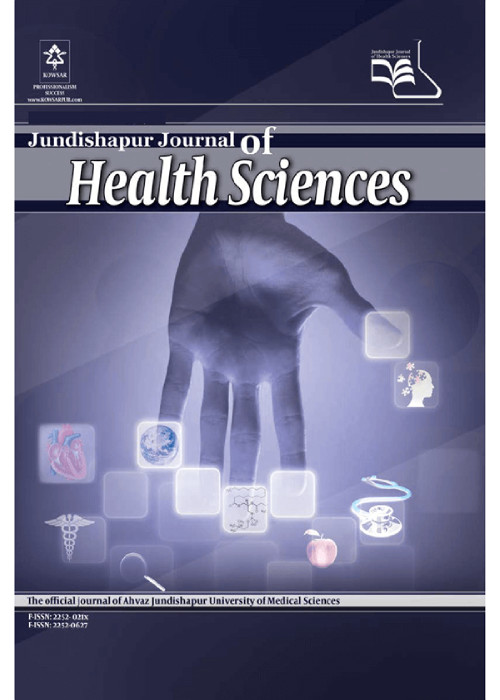Improvement in Classification Accuracy Rate Using Multiple Classifier Fusion Towards Computer Vision Detection of Malaria Parasite (Plasmodium vivax)
Author(s):
Abstract:
Background
The main method used for the laboratory confirmation of malaria is the conventional light microscopy; however, microscopy has three main disadvantages: I) it is time-consuming and labor-intensive; II) its results depend heavily on good techniques, reagents and microscopes; III) in many cases decisions about treatment are often taken without using the result of microscopy because of long delays in providing the results to the clinician. Hence, an extreme necessity of the fast automatic detection of the disease is required to diagnose and treat promptly..Objectives
Through the improvement of classification accuracy rate, this work aims to present a computer-assisted diagnosis system for malaria parasite..Materials And Methods
This study was conducted using 400 confirmed images of blood slides infected with malaria parasite. The MATLAB software was used for the implementation of computation procedures. Using five extracted features (flat texture, saturation channel histogram, color histogram, gradient, and granulometry) and six classifiers (k-Nearest Neighbors (k-NN), 1-Nearest Neighbor (1-NN), decision tree (DT), Fisher, linear discriminant analysis (LDA), and quadratic discriminant analysis (QDA)), images were classified into two classes: parasitic and nonparasitic. Then, classifier fusion was done using several algorithms: mean, min, max, stack, median, Adaboost, and bagging..Results
Using six classifiers separately, the highest accuracy was obtained 92% using the k-NN classifier. The highest accuracy of the classifiers'' fusion was obtained using the Adaboost algorithm with 95.5% success rate..Conclusions
By comparing the results of classification using multiple classifier fusion with respect to using each classifier separately, it is found that the classifier fusion is more effective in enhancing the detection accuracy..Keywords:
Language:
English
Published:
Jundishapur Journal of Health Sciences, Volume:7 Issue: 3, Jul 2015
Page:
6
magiran.com/p1441053
دانلود و مطالعه متن این مقاله با یکی از روشهای زیر امکان پذیر است:
اشتراک شخصی
با عضویت و پرداخت آنلاین حق اشتراک یکساله به مبلغ 1,390,000ريال میتوانید 70 عنوان مطلب دانلود کنید!
اشتراک سازمانی
به کتابخانه دانشگاه یا محل کار خود پیشنهاد کنید تا اشتراک سازمانی این پایگاه را برای دسترسی نامحدود همه کاربران به متن مطالب تهیه نمایند!
توجه!
- حق عضویت دریافتی صرف حمایت از نشریات عضو و نگهداری، تکمیل و توسعه مگیران میشود.
- پرداخت حق اشتراک و دانلود مقالات اجازه بازنشر آن در سایر رسانههای چاپی و دیجیتال را به کاربر نمیدهد.
دسترسی سراسری کاربران دانشگاه پیام نور!
اعضای هیئت علمی و دانشجویان دانشگاه پیام نور در سراسر کشور، در صورت ثبت نام با ایمیل دانشگاهی، تا پایان فروردین ماه 1403 به مقالات سایت دسترسی خواهند داشت!
In order to view content subscription is required
Personal subscription
Subscribe magiran.com for 70 € euros via PayPal and download 70 articles during a year.
Organization subscription
Please contact us to subscribe your university or library for unlimited access!


